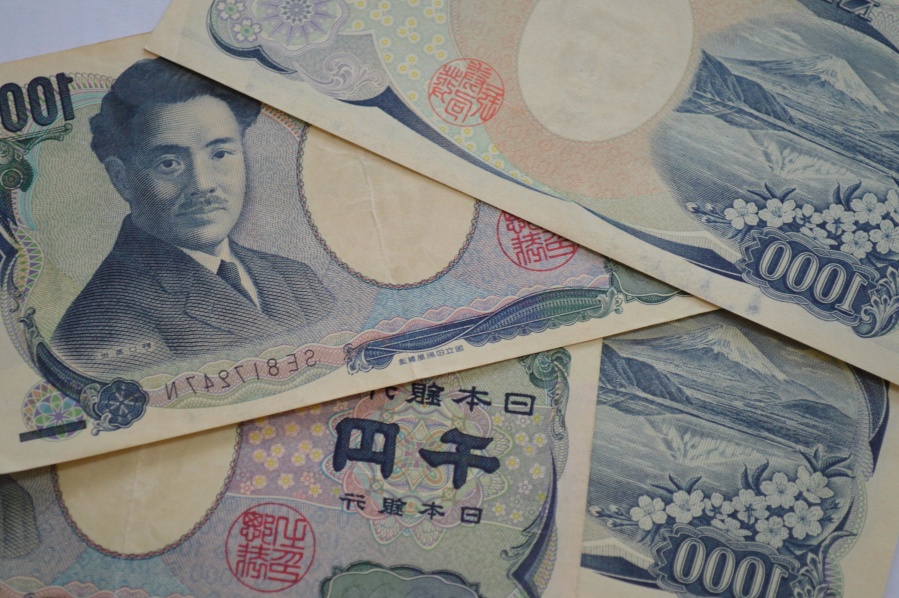Context:
Japan issues new yen banknotes equipped with 3D hologram technology to combat counterfeiting.
More on the News
The Japanese government has issued its first new banknotes in two decades, yen equipped with 3D hologram technology to fight counterfeiting. These state-of-the-art anti-counterfeit banknotes are in the denomination of 10,000 yen, 5,000 yen and 1,000 yen bills.
- The new bills were introduced to boost the economy and are easier to read for the ageing population.
Design and Representation: The Japanese government highlighted that the people featured on the bills celebrate Japanese capitalism, women’s equality and scientific innovation.
- the 10,000 yen bill features Eiichi Shibusawa, known as ‘father of Japanese capitalism’,
- the 5,000 yen bill features Umeko Tsuda, a pioneer ‘feminist and educator’, and
- the 1,000 yen bill features Shibasaburo Kitasato, a ‘physician and bacteriologist’ who was instrumental in the research of tetanus and the bubonic plague.
- the backs of these bills feature Tokyo Station, wisteria flowers, and ukiyo-e artist Katsushika Hokusai’s Mount Fuji, respectively.
Economic Context: Despite global trends towards cashless transactions, cash remains important in Japan for secure payments.
- The new banknotes symbolize Japan’s economic heritage, scientific advancements, and commitment to equality.
What is 3D Holographic Technology?
- It is a revolutionary photography technique.
- It creates a 3D projection of an object using light or laser beams visible to the human eye.
- Unlike traditional photography (2D), holograms do not require the use of glasses, cameras, or any equipment to view these 3D objects.
- Holographic displays create the illusion of an authentic object that can move and float in the air as you rotate around it. Users can view these holograms from all sides.
- The most captivating aspect of 3D holograms is their ability to make seemingly real objects or animations appear to hover in mid-air or stand on a nearby surface.
- The concept of hologram was first proposed by Jules Verne in 1893.
- Applications: 3D holographic technology has a wide range of potential applications. It’s being explored for use in entertainment, education, medicine, and even manufacturing.

